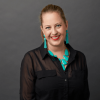Case Study: Celebrating 10 Years of Sharp Practice
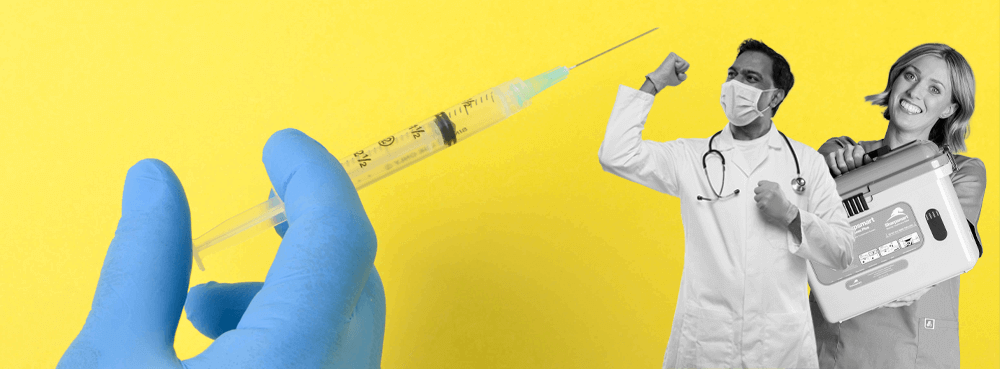
In December 2014, Sharpsmart celebrated 10 years of success with a symposium to acknowledge the advances in sharps safety. The following case study details the event and the key findings presented.
Who would have thought that the search for a safer sharps disposal solution that began over 20 years ago in the North of England would result in the enhancement and adoption of revolutionary innovations that are delivering benefits to healthcare workers and hospital visitors across the world? Following extensive trials, The Northern Waste Consortium project team discovered what they believed was the answer to their sharps disposal issues. At the time the system was already being used in many healthcare facilities in Australia and New Zealand. The proven solution and its subsequently developed enhancements have placed the UK at the forefront of global safety and environmental sustainability.
In this blog:
- The Challenge: How to introduce safer techniques in hositals
- Our Approach: Using our innovative design
- The Solution: How the Sharpsmart system operates
-
The Results: Sharpsmart has helped reduce over 5,000 needlestick injuries

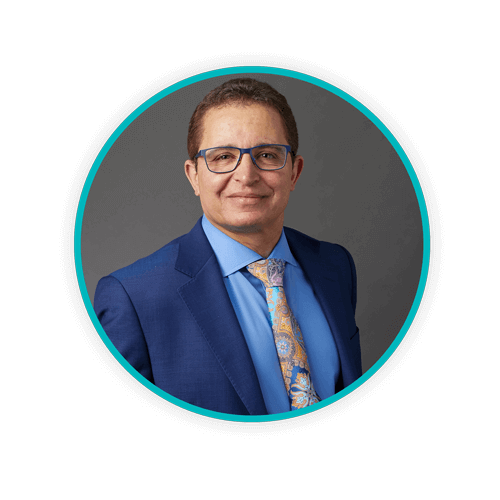 Welcoming customers and colleagues to a celebration of 10 years of continuous success in December 2014, Sharpsmart UK’s managing director, Neil Robinson, said: 'We’re here to take a nostalgic look back and provide some interesting industry observations, whilst celebrating 10 years with some of those who were the original pioneers. We’ll look back at the vision and the challenges that the designer, Dan Daniels, embarked on when he the first invented this unique product.'
Welcoming customers and colleagues to a celebration of 10 years of continuous success in December 2014, Sharpsmart UK’s managing director, Neil Robinson, said: 'We’re here to take a nostalgic look back and provide some interesting industry observations, whilst celebrating 10 years with some of those who were the original pioneers. We’ll look back at the vision and the challenges that the designer, Dan Daniels, embarked on when he the first invented this unique product.'
In a video link live from Melbourne, Australia, Dan Daniels, Sharpsmart designer, owner, and CEO, explained: 'Back in the '80s, we were looking at how we could introduce safer techniques in our hospitals. I, like many healthcare workers, was concerned about needlestick injuries. No one had really analysed all the reasons for, or provided a solution for, eliminating sharps injuries. I researched the subject extensively and found that to make a sharps container totally safe, you needed to incorporate 13 engineered safety features.'
'The problems we were faced with was how do we build it, wash it and sanitise it, make it look brand new every single time it was returned to the healthcare facility, and most importantly to do it for a similar price to a disposable container. The disposal of a single-use container is very simple. Our process involves a large amount of people and needs to be really well coordinated.'
Turning to UK developments, Dan explained:
'It took three years to get through some of the contractual and red tape issues. My thanks to Bob Pinkerton and Sheila Morgan of the Northern Clinical Waste Consortium who saw the vision and who have driven through the change. The market at the time was using cheap, throwaway containers. They were not really safe containers.' In summary, Dan added: 'The UK is growing at more than 30% a year for Sharpsmart. There are three plants in the UK, and we have plans afoot to develop more. The UK leads the whole world in quality control.'

Next up was world-renowned independent consultant on sharps injuries, Terry Grimmond, who via a web link, said: 'There are 100,000 sharps injuries annually in the UK, hopefully that’s coming down, but that’s 100,000 people who may suffer with severe emotional stress following an unnecessary injury.' Terry highlighted the hierarchy of sharps injury control:
- Elimination of hazards: e.g., needle-less dry delivery system (i.e., don’t use a sharp)
- Engineering controls: e.g., engineering systems or safety engineered devices (SEDs)
- Administrative control: e.g., standard precautions procedures
- Workplace practice controls (rules): e.g., no re-capping, no needle removal, sharps container siting, etc.
-
Personal protective equipment: Double gloving
Detailing a UK study, Terry said: 'Adams and Elliott looked at the SI (Sharps Injury) rate before and after education on SIs across four wards. An 18% reduction was achieved, purely by education. A 70% reduction was achieved using education and safety engineered devices. But that was just four wards, which was manageable. Bigger areas require increased resources.' Terry cautioned: 'Fines of several hundred thousand pounds are common f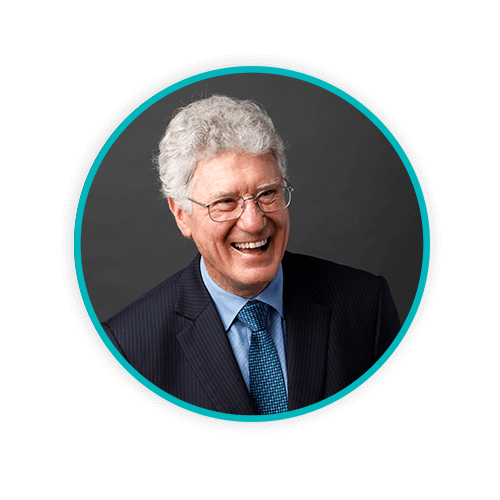 or hospitals that incur a sharps injury.'
or hospitals that incur a sharps injury.'
Looking at the current, wider use of safety engineered devices (SEDs), Terry said: 'If you still have SIs following the introduction of an SED, then change to a safer one. Using an SED correctly would probably reduce container-associated SIs by around 83%. Not all SEDs are expensive. When they were first invented they were five to 20 times more expensive than the traditional devices, now the difference is far less.' Citing research in 2008 which found that 91% of nurses go to work fearing an SI, Terry said: 'You must insist on getting access to your facility’s sharps policy and ensure that you have access to SEDs, and even when SEDs are in use you still need the safest sharps container to ensure that you are protected. Using Sharpsmart gives a better return on investment,' said Terry. 'Studies have proven that more than 20,000 healthcare workers in Australia have been protected from receiving an SI because of Sharpsmart.'

An informative tour of Sharpsmart’s processing facility highlighted the extremely high safety, processing, and quality standards in place – the emptying of the bins, their thorough washing, and double quality control inspection ensures that the containers are returned to the healthcare facility in pristine condition and that the operators are protected throughout the processing lifecycle. The facility’s cytotoxic hood (which is installed over the robotic container emptying head) has now been adopted as the processing standard across the world. The facility tour also took in the AuditSmart processing area, which routinely audits containers from each hospital, providing a photographic record of the contents and identifying any non-compliance or under filling issues. These are traced back to the ward enabling any issues to be highlighted and rectified.
Relating the experiences of a 10-year Sharpsmart user, Sheila Morgan, infection prevention and control nurse at The Newcastle upon Tyne Hospitals NHS Trust, said: 'In the late '90s, we’d been evaluating safety and green issues and the systems that were around at the time. We learned about the Sharpsmart system and went to see how it was implemented in Australia and New Zealand – there was nowhere else to see it. It was very streamlined, very efficient, with the staff in control of what was going on.'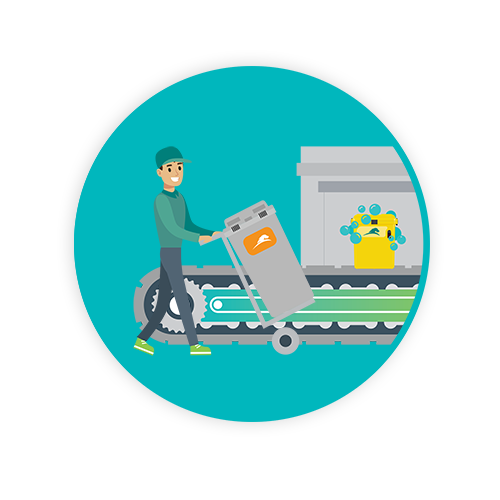
James Dixon, the trust’s waste officer, said: 'Surprisingly, Sharpsmart works out cheaper than single-use container use and disposal. Although we originally anticipated Sharpsmart would be around £20,000 more annually, it ended up costing less. With my environmental background I’m concerned about the carbon issue. The full life cycle of Sharpsmart gives us 90% reduction in CO2 compared to the use of disposables.'
'Plus we have AuditSmart,' said James. 'Knowledge is power. I have my monthly "naughty list," which enables you to "name and shame" for inappropriate waste disposal. An email goes out of what’s been put into the boxes. Considering the high cost of healthcare waste, we are keen to avoid unnecessary disposal. We engage staff in segregation, advising on cost and environmental impact. We have annual savings of £75,000 across eight areas trust-wide. We’re producing more sharps due to clinical activity, but we’re reducing our costs through the use of the AuditSmart process.'

Summarising 10 years of business success, Neil explained:
'We have grown our business by around 35% each year for the past 10 years. During this period we have prevented over 2,000 tonnes of plastic sharps waste from being incinerated, equating to five million single-use sharps bins. It is also estimated that the improved safety brought about by the introduction of Sharpsmart has prevented 5,109 needlestick injuries across the UK. Our success and our ability to meet our customers’ needs is directly attributed to the fact that we do not approach sharps safety from the perspective of a waste company. We are a clinical company addressing the needs of our customers related to safety, sustainability, compliance, and education.'
Marking the 10th anniversary of Sharpsmart in December 2014, as well as its partnership with two members of the Northern Consortium, Neil Robinson presented representatives of The Newcastle upon Tyne Hospitals NHS Trust and City Hospitals Sunderland NHS Trust with commemorative 'gold' Sharpsmart containers.
